from 0 review
21-Days
Daily Tour
Unlimited
English, Turkish, Urdu
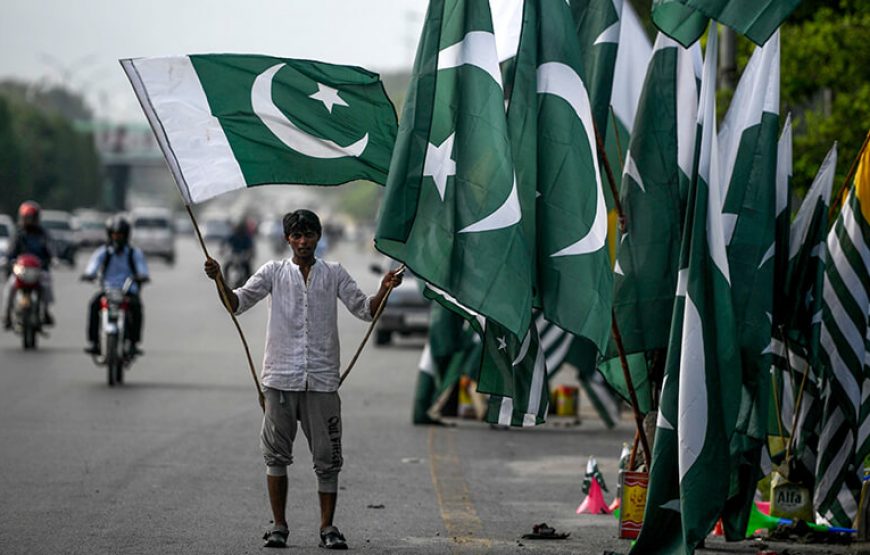
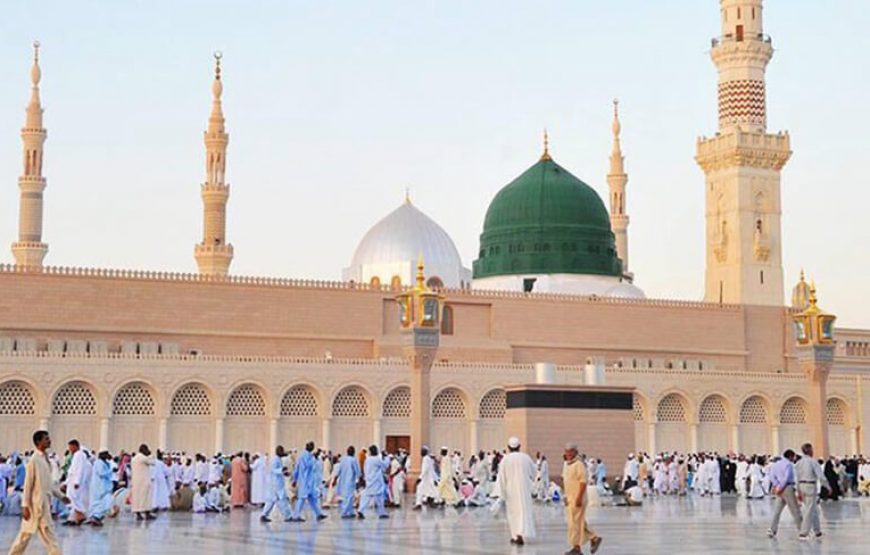
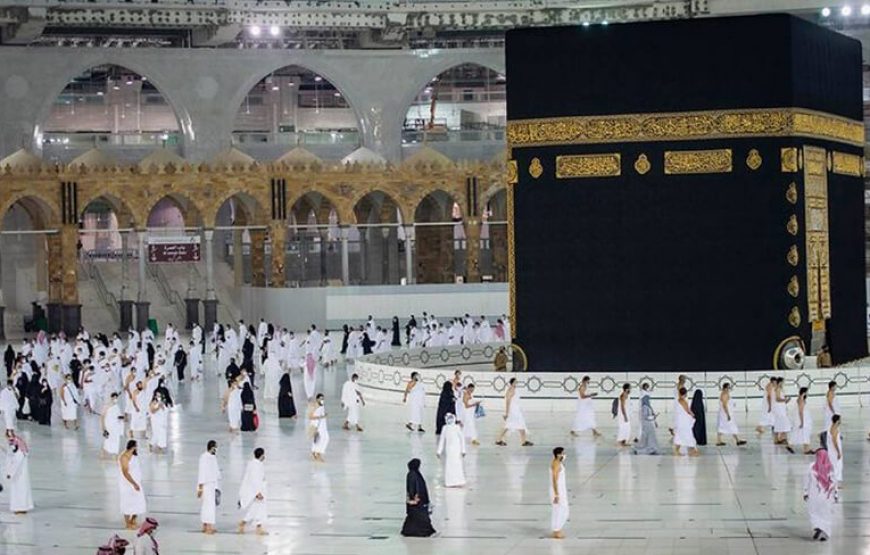
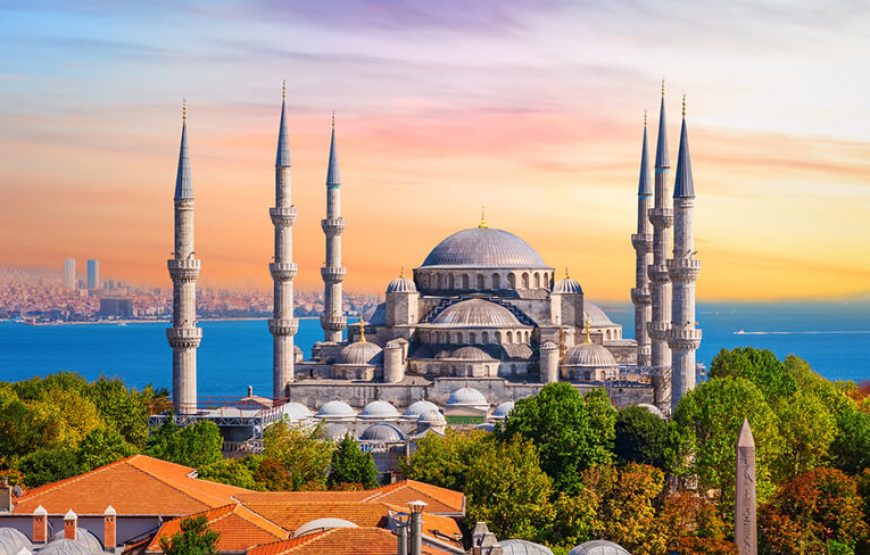
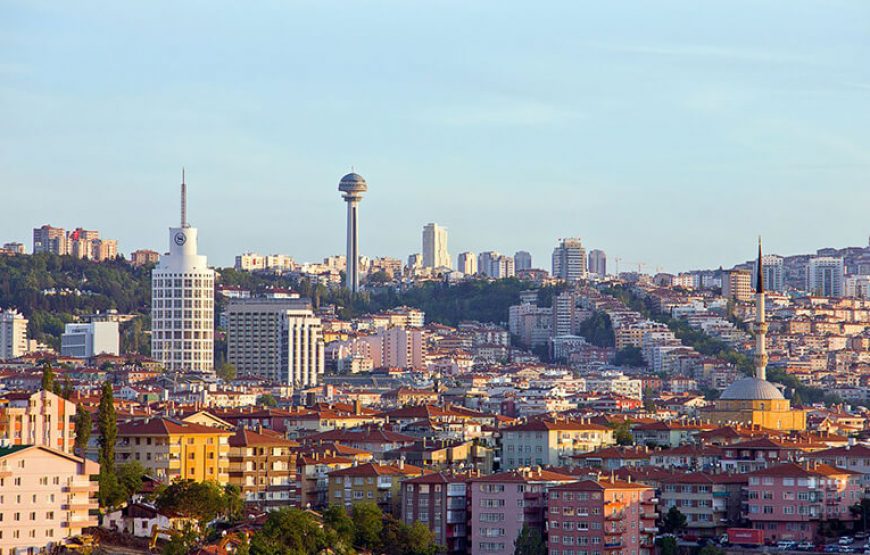
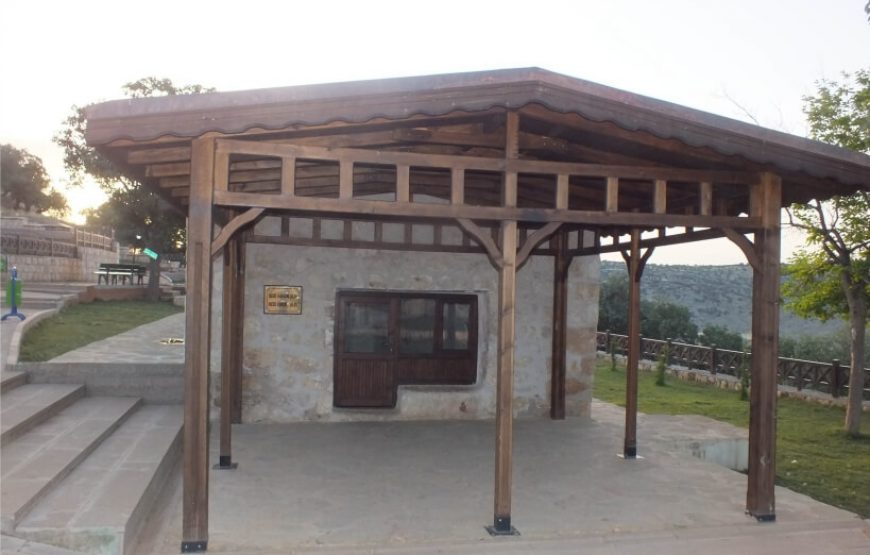



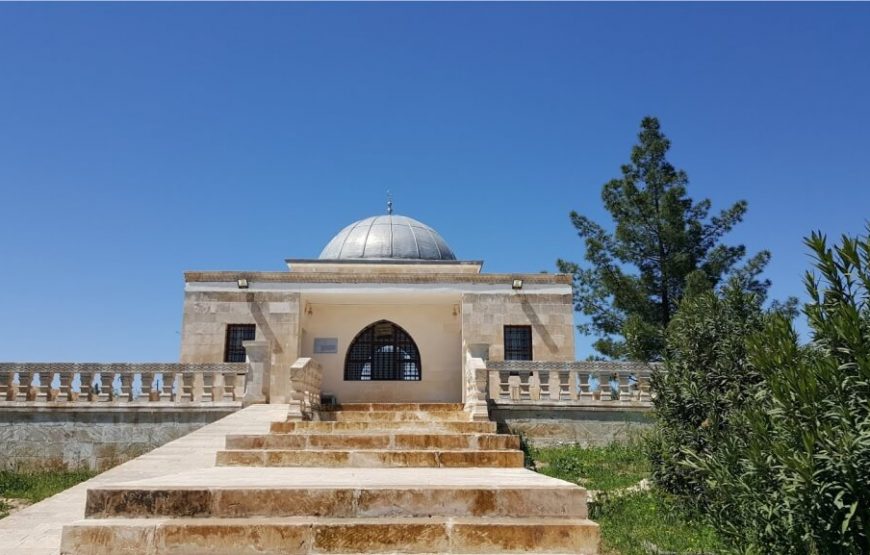


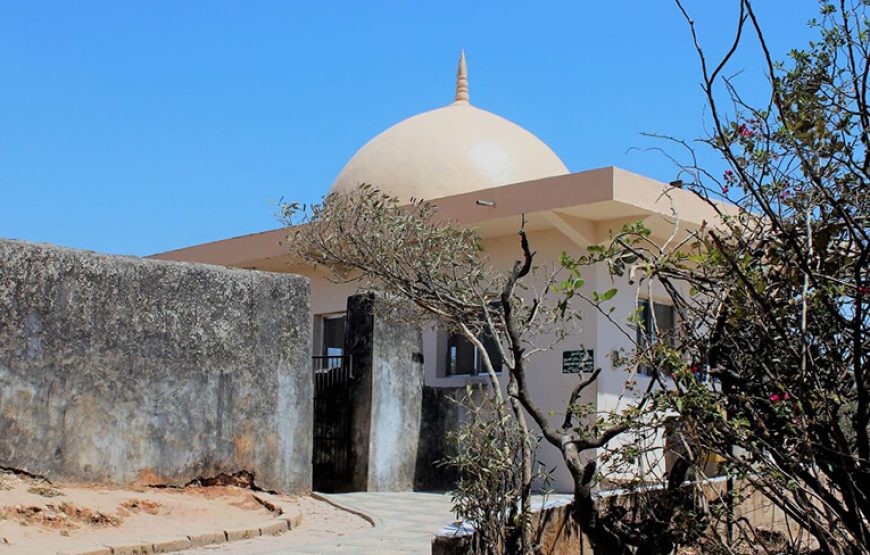

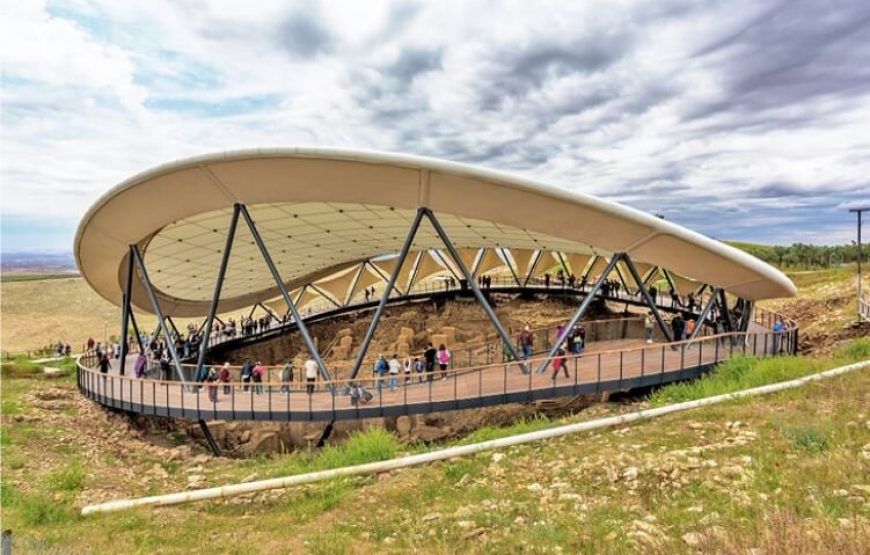
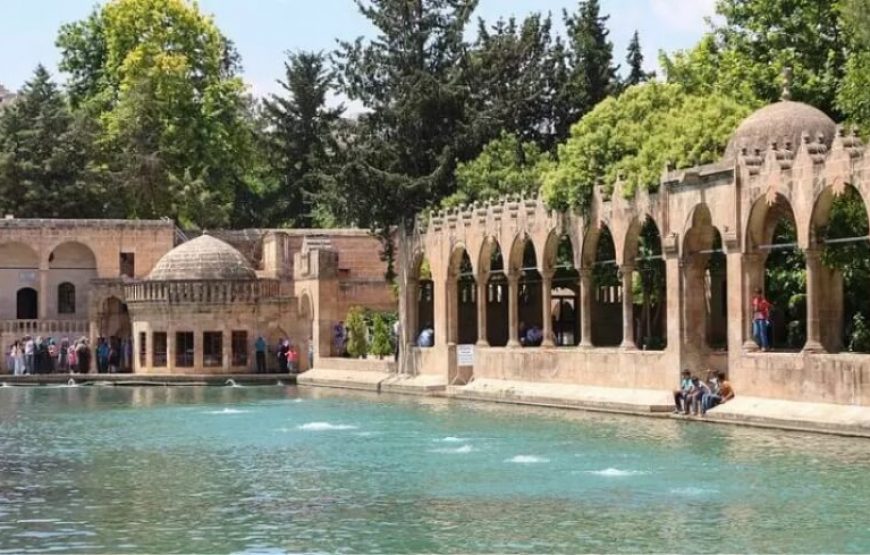


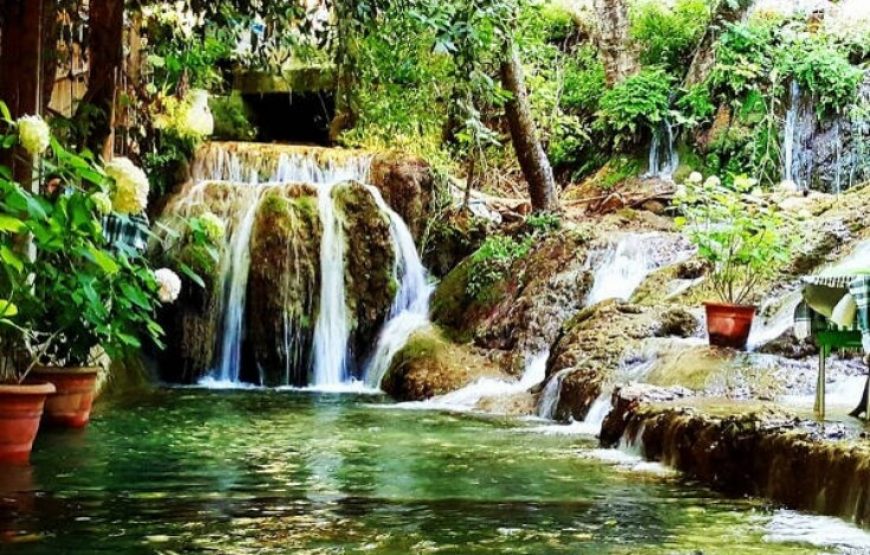


Intro of Halal Tourism :
Halal tourism is a subcategory of tourism which is geared towards Muslim families who abide by rules of Islam. Also generally known as Halal travel or halal friendly tourism. The hotels in such destinations do not serve alcohol and have separate swimming pools and spa facilities for men and women, serve only halal foods, no pork included in menu, have prayer facilities in living rooms. Travel agents while designing tour packages for this have to follow guidelines of HALAL. where as Malaysia, Turkey and many other countries are trying to attract Muslim tourists from all over the world offering facilities in accordance with the religious beliefs of Muslim tourists.
Visit & Explore Istanbul, Bursa, Bilecik, Sogut, Izmir, Konya, Antakya, Shanli Urfa, Diyarbakır & Ankara in 21 Days

Hz. Yehoshua's Hill a hill located on the Anatolian shore of Bosporus in Beykoz district of Istanbul. A shrine containing a mosque and a tomb dedicated to Yehoshua (AS)

The largest masjid in Asian side of Istanbul , Grand Çamlıca Mosque is a place of Islamic worship which was completed and opened in March 2019.

Landmark domed mosque in a former 6th century Byzantine church with an Ottoman-style interior

Hagia Sophia, officially known as the Holy Hagia Sophia Grand Mosque, and formerly the Church of Hagia Sophia and formerly museum is a Late Antique place of worship in Istanbul.

The Topkapı Palace is a large museum in the east of the Fatih district of Istanbul in Turkey. In the 15th and 16th centuries it served as the main residence and administrative headquarters of the Ottoman sultans.

The Sultan Ahmed Mosque has one main dome, six minarets, and eight secondary domes. The design is the culmination of two centuries of Ottoman mosque development.

The Fatih Mosque is an Ottoman mosque in the Fatih district of Istanbul, Turkey. The original mosque on the site was constructed between 1463 and 1470.

Osman Gazi, the founder of the Ottoman Empire, who is the name-source for the Ottoman dynasty.Orhan Bey buried his father, Osman Gazi (1258-1326), after the conquest of Bursa in 1326,

Orhan Gazi is son of Osman Gazi and conqueror of Bursa. This structure, which shelters the tomb of Ottoman Sultan Orhan Gazi (1281-1362), who conquered Bursa in 1326,

Vast, ornate mosque built in 1399 in Seljuk style, with 20 domes & 2 towering minarets.The mosque dates from 1399 in the early days of the Ottoman Empire, so its architecture still leans towards the earlier Seljuk style, which took much of its influence from Persian mosques.

The Green Mosque (Yeşil Cami) was built by Sultan Mehmed-I and the neighboring Green Tomb (Yeşil Türbe) is the Sultan's sarcophagus.

More than 8,000 feet above sea level. Up the mountain is a very old tree called the İnkaya Historical Tree. The tree is over 600 years old, 37 m tall, 53 m crown diameter, and has a 10 m circumference.

Uludağ is Turkey's busiest winter ski resort. The resort area ranges from between 1,767 meters and 2,322 meters above sea level, with 28 kilometers of slopes available, ranging from beginner to advanced levels.

Şeyh Edebalı's thumb very close almost in the centre of Bilecik cityreally historical. He is the mentor of Osman azi and his father Ertugrul Gazi

Sahab-e-Rasool (PBUH) Shrine near to Blue Masjid.

The mosque complex of Ottoman sultan Orhan-I, also known as the Orhaniye, was built in the market area of Bursa in 1339-1340/740 AH.

Bilecik Museum is a museum in Bilecik, Turkey. An ancient Ottoman building-demolishedduring the Turkish War of Independence in the 1920sonce stood on the site of the museum.

Elegant mausoleum of a 13th-century warrior chieftain whose son founded the Ottoman Empire.

Built in the 13th century by Gazi Ertuğrul in Bilecik province's Söğüt district, the first masjid was erected with a 40-person capacity and is now regarded as the first historical building to ever be built by the Ottomans, attracting thousands of tourists every year.

Elegant mausoleum of a 13th-century warrior chieftain whose son founded the Ottoman Empire

Originally the three-storey wooden building was an Ottoman dispensary built in the early 1900s. In 2001, after restoration, the building was opened as a museum.

It is an ancient Roman city port where people sailed to trade the exotic fruits and spices.It has the largest collection of architectural Roman ruins.

In the Christian and Islamic traditions, the Seven Sleepers, otherwise known as the Sleepers of Ephesus and Companions of the Cave,is a medieval legend about a group of youths who hid inside a cave.

The İsa Bey Masjid constructed in 1374–75,[1] is one of the oldest and most impressive works of architectural art remaining from the Anatolian beyliks. The mosque is situated on the outskirts of the Ayasluğ Hills at Selçuk, İzmir.

The House of the Virgin Mary (Hz. Maryam A.S) is a Catholic shrine located on Mt. Koressos in the vicinity of Ephesus, 7 kilometres from Selçuk in Turkey.

The symbol of Konya is this tekke (Sufi lodge) complex that holds the tomb of the 13th-century religious leader, philosopher, and poet Mevlana Celaleddin Rumi, who founded the whirling dervish sect of Sufism.

The mosque complex of Ottoman sultan Orhan-I, also known as the Orhaniye, was built in the market area of Bursa in 1339-1340/740 AH.

Selimiye Mosque is a 16th-century Ottoman mosque in Konya, Turkey.

Mosque housing the tomb of a revered 12th-century poet, draped in an ornately embroidered cloth.

Alaeddin Hill, located in Turkey's Konya Karatay district in the center of the province depends on the hill. The hill, which is 450 x 350 meters tall and 20 meters high, was one of the proto historic settlements called mounds.

Bilecik Museum is a museumin Bilecik, Turkey. An ancient Ottoman building-demolished during the Turkish War of Independence in the 1920 sonce stood on the site of the museum.

Karatay Madrasa is a madrasa (a school with a frequently but not absolutely religious focus) built in Konya, Turkey, in 1251 by the Emir of the city Celaleddin Karatay, serving the Seljuk sultan.

The original Mosque had been commissioned between 1671 and 1676 by Damat Mustafa Pasha who was the husband of Hatice Sultan, the daughter of sultan Mehmet IV. But when it was ruined as a result of a fire in 1867, it was recommissioned in 1874.

Sadr al-Din Muhammad 1207-1274 CE/605-673 AH), was a Persian philosopher, and one of the most influential thinkers in mystical or Sufi philosophy.

Harbiye, which is the waterfalls region of Hatay, is 6 km from Antakya. The springs coming out of the south of the valley join the Asi River after they form waterfalls.

Muslims believe he was martyred for calling people to the religion of Allah. He is referred to in the Quran, chapter Ya-Sin, verses 20-27.

According to Islamic historians, Hazrat Ayyub, who lived in the Harran region, named after Abraham's brother Harran, was the richest in the region where he lived, and was a prophet sent to the society he lived in.

Within the grand Dergah Complex is the Hazreti Ibrahim Halilullah, the cave where the Prophet Abraham is said to have been born. Local legend says that the prophet's mother gave birth to him here in secret because King Nimrod had been warned in a prophesy that a great leader would soon be born and so set out to kill all of Ur's newborns.

According to Islamic historians, Hazrat Ayyub, who lived in the Harran region, named after Abraham's brother Harran, was the richest in the region where he lived, and was a prophet sent to the society he lived in.

This site in Urfa, Turkey is believed to be the place where Ibrahim was thrown into the fire by Namrud (Nimrod) for refusing to submit to the worshiping of idols.

The hill is known by locals as Nimrud , and whole colonies of hermit ibises nest on the steep rock faces. A 12-meter manmade ditch separates the castle from the hinterland. The castle's age is not known, but local lore states that this is where the Prophet Abraham's funerary pyre was built by King Nimrod.

In the central city, the 12th-century Grand Mosque (Ulu Cami) represents the major historical changes in Şanlıurfa and how certain buildings and sites have been rebuilt and reused across the centuries.

The city's most beautiful mosque has to be Selahaddin Eyyubi Cami, which has been finely restored to its former glory. The bulky building was converted into a mosque from its original function as the St. John the Baptist Church, which dates back to the 5th century and was once the largest church in the region.

An amazingly beautiful family tomb. The tiling insideis an amazing and beautiful kaleidoscope of colorful hand painted tiles.

Hz. Elyesa (as) Hz. He is a contemporary of Hz. Ayyub. Like other prophets, Elyasa (as) always migrated. He migrated from the land of Damascus to Hz. When Ilyesa arrives in Eyyubnebi Village.

He was born in 846. His father's name is Buzi. Buzi is the son of Elyasa's (as) uncle. His mother is Zekeriya's daughter, Abdiye. Hz. When Zulkifl (as) was born, Hz. Elyesa (as) is estimated to be 50 years old. He became a prophet at the age of 21 in 821 BC. He died in Egil 762 BC. He lived 84 years and prophesied for 49 years.

Diyarbakır Grand Mosque or the Great Mosque of Diyarbakır was built by the Seljuk Sultan Malik-Shah-I over an older mosque, and is considered by Muslim scholars to be the fifth holiest site in Islam after the Great Mosque of Damascus, which it is stylised after.

In the 87th verse of Surah Anbiya, it is also called 'Zünnun'u (Yunus). Zünnun in Tafsir: It is used to mean fish owner. Zünnun is referred to as Yunus (as) in tafsir and Islamic history.

In the yearbooks of Diyarbakır, Nebi Harun-i Asefi is referred to as the Prophet. According to some historians, he is rumored to be the secretary of Prophet Süleyman.

Ankara, formerly known as Angora, city, capital of Turkey, situated in the northwestern part of the country. It lies about 125 miles (200 km) south of the Black Sea, near the confluence of the Hatip, İnce Su, and Çubek streams.

Istanbul, formerly known as Constantinople, is the largest city in Turkey and the country's economic, cultural and historic center. The city straddles the Bosporus strait, and lies in both Europe and Asia, with a population of over 15 million residents, comprising 19% of the population of Turkey.Istanbul is the most populous city in Europe, and the world's fifteenth-largest city.

Ornate 16th-century masjid with gardens, a restaurant & a terrace with views over the Golden Horn.

The Princes’ Islands are a cluster of 9 islands southeast of Istanbul in the Sea of Marmara. At the highest point of Büyükada, the largest island, the 6th-century Hagia Yorgi Church has panoramic views.

Heybeliada is the second largest of the Prince Islands in the Sea of Marmara, near Istanbul. It is officially a neighborhood in the Adalar district of Istanbul, Turkey.

Restored 5th-century tower and former prison overlookingthe Bosphorus with top-floor restaurant.

Historic sprawling networkof indoor souks & market streets peddling leather, jewelry & gifts e.t.c.

Departure to MAKKAH for UMMRA

MAKKAH for UMMRA & NIGHT STAY

MAKKAH for UMMRA & NIGHT STAY

MAKKAH ZIYARAT / DEPARTURE TO MADINAH MANWARA

MADINA MANWARA / NIGHT STAY IN MADINA

MADINA MANWARA / NIGHT STAY IN MADINA

MADINA MANWARA ZIYARAAT
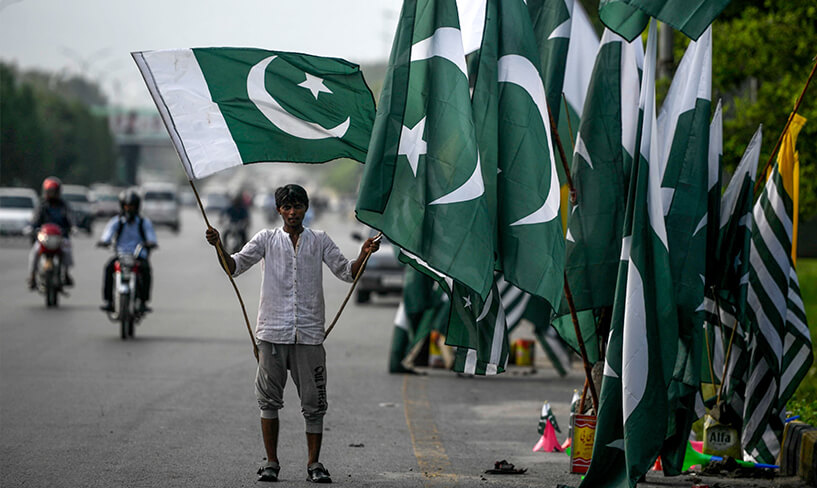
DEPARTURE TO PAKISTAN
A travel agent takes all of the headache out of planning a trip and handles virtually all aspects of your travel, at absolutely no cost to you. The combined experience of the team and the feedback from our thousands of travelers provides an invaluable resource to the traveler planning an important trip.
Yes, we work within any and all realistic budgets, and an honest sharing of ideas and goals helps us immensely when making recommendations and suggested edits to travel plans.
No, there is no fee for our vacation planning services as the travel vendors involved recognize our value and compensate us from the gross amount paid (what you would have paid even without our assistance). For those complicated international itineraries that require custom crafting and significant involvement of our international on-location partners, we do request an intent-to-travel deposit to begin the process. This deposit is applied to the reservations that are made on your behalf.
Call us right away.
Alamgir Tours products can only be booked online or over the phone. It is recommended you pre book your travel services to avoid disappointment as many of the tours and products are popular, and can be sold out early. If you wish to wait and book at the destination, you can do this, but we would like to remind you that last minute bookings (last 3 days before the departure date of the services) can not be done online.
Leave a review